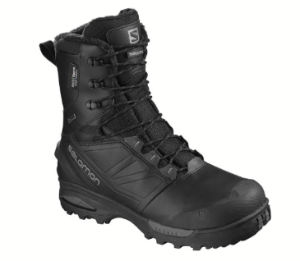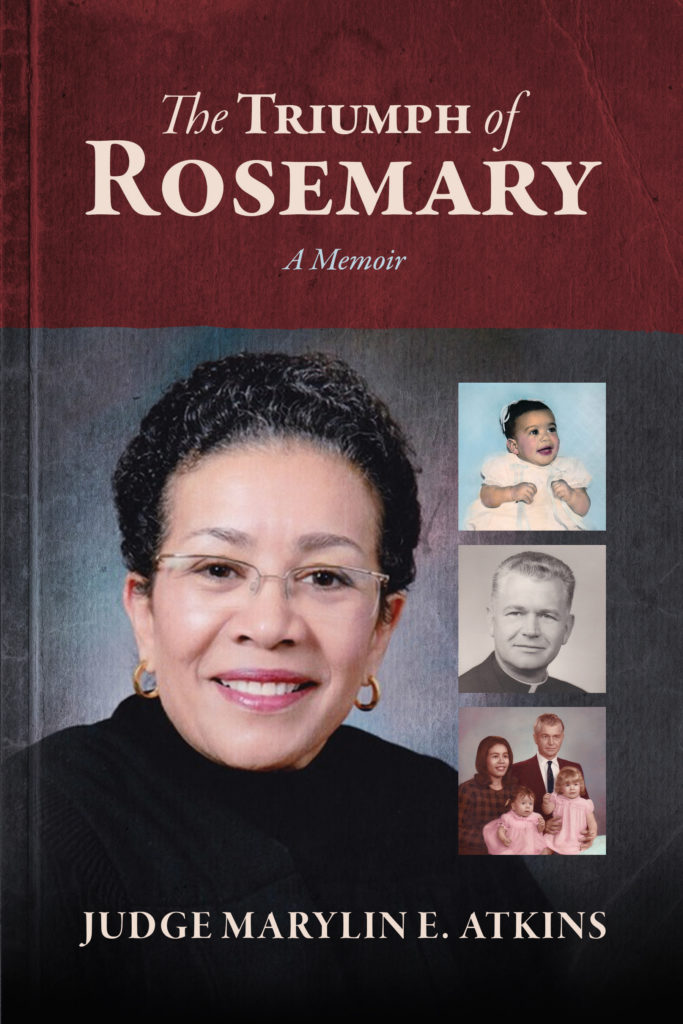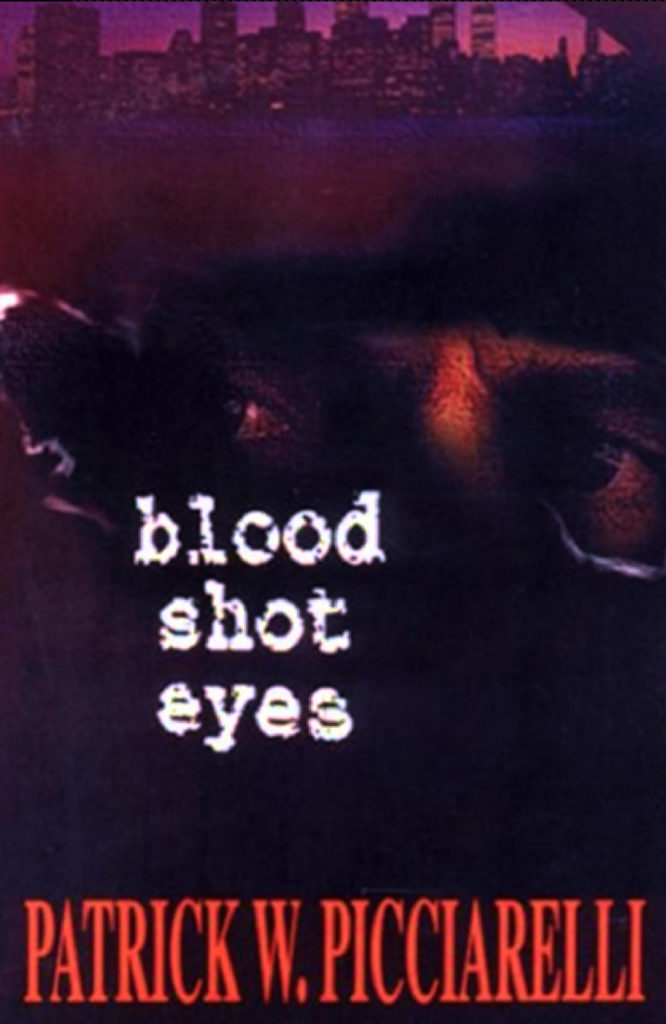
Winter hiking boots have evolved tremendously over the past 10 years and are now lighter weight and more comfortable than ever before. Gone are the days when you needed to choose between military surplus boots, plastic mountaineering boots, or heavy pac boots to keep your feet warm. Today's winter boots are waterproof, breathable, and insulated to keep you warm down to -40 Fahrenheit or more. They're also optimized for walking over ice and packed snow, and compatible with traction aids such as microspikes and snowshoes. Whether you're climbing mountains or snowshoeing across mixed terrain, the latest generation of winter hiking boots will keep you warm and dry.
Here are our top 10 best winter hiking boot recommendations:
1. Salomon Toundra Pro CS WP
2. KEEN Summit County
3. Vasque Snowburban II UltraDry
4. Merrell Thermo Freeze
5. The North Face Chilkat 400
Check for the latest prince at:
The North Face
6. Oboz Bridger 10″ Insulated BDry Winter Boots
7. KEEN Durand Polar Waterproof Winter Hiking Boot
8. Columbia Bugaboot Plus IV XTM Omni-Heat Winter Boots
9. La Sportiva Nepal EVO GTX Mountaineering Boots
10. Scarpa Mont Blanc Pro GTX Boot
How to Select Winter Hiking Boots
Winter boots should be waterproof and insulated to keep your feet dry and warm, they should have laces, they should be comfortable so you can wear them all day, and they should be compatible with traction aids like microspikes and snowshoes. While the amount of insulation you need will vary, winter boots with non-removable synthetic insulation are the lightest weight and therefore the easiest to hike in. Boots made with synthetic materials are also lighter weight and more waterproof than leather boots.
The reason you can't use your regular 3 season boots or shoes for winter hiking, comes down to waterproofing and insulation. Most insulated winter hiking boots are guaranteed waterproof out of the box. Many have lowers made with rubber or waterproof synthetics so you don't have to worry about the fabric absorbing water. If you do get moisture in your boots, insulated winter boots will still keep them warm. The same can't be said about leather hiking boots, even when treated with waterproofing creams and sprays. If your regular hiking boots absorb water in winter, they can freeze and lead to frostbite.
Some boot manufacturers provide temperature ratings for their products, but there's no standard way for measuring the warmth of winter boots. Understand that these ratings are eastimates at best and that users will have varying experiences based on their activity level, health, weight, sex, metabolism, and other factors.
Some winter boot manufacturers publish the amount of insulation in their boots, while others don't. For example, some boots have 200 grams of Thinsulate insulation, a popular synthetic insulation, while others have 400 grams. All of the boots listed above have 400 grams of insulation or the equivalent, so they can used well below zero. This is the amount of insulation we recommend if you hike in the backcountry, where winter hikes may last far longer than anticipated.
Key Winter Boot Features
Temperature rating: While you need to take manufacturer's temperature ratings with a grain of salt, they are a good indication of the relative warmth of a boot. While it's difficult to make warmth comparisons between boots that have different kinds of insulation, knowing the amount of insulation used in boots can help you compare the warmth of different models made by the same manufacturer.
Gusseted tongue: This is just like a regular boot tongue, except the sides are closed and sewn to side of the boots to prevent water from leaking into the boot when you step in puddles.
Reinforced toe cap: In addition to providing more protection, a beefy toe cap won't collapse the front of the boot when worn with microspikes or crampons.
Lugs: The soles of your boots should provide good traction when walking on loose or packed snow. Look for boots with a deep tread like a Vibram sole, although you're likely to augment your boot with microspikes.
Cuff: Looks for boots with a soft cuff that closes off the gap between your leg and boot.
Gaiter ring: A gaiter ring is a small ring attached to the top of the boot that you can hook your gaiters onto. It's not the end of the world if your boots don't have one since can still hook the gaiter to your boot laces.
See Also:
Check Out All of SectionHiker's Gear Guides!
- 10 Best Hiking Boots and Trail Shoes of 2018
- 10 Best Backpacking Tents of 2018
- 10 Best Backpacking Stoves of 2018
- 10 Best Backpacking Water Filters of 2018
- 10 Best Backpacking Sleeping Bags of 2018
- 10 Best Ultralight Backpacking Quilts of 2018
- 10 Best Backpacking Sleeping Pads of 2018
- 10 Best Backpacking Rain Jackets of 2018
- 10 Best Budget Backpacking Tents under $250
- 10 Best One Person Backpacking Tents of 2018
- 10 Best Ventilated Backpacks of 2018
- 10 Best Hiking Daypacks of 2018
- 10 Best Hiking Pants of 2018
- 10 Best Trekking Poles of 2018
The post 10 Best Winter Hiking Boots of 2018-2019 appeared first on Section Hikers Backpacking Blog.
from Section Hikers Backpacking Blog https://ift.tt/2PwlWol
